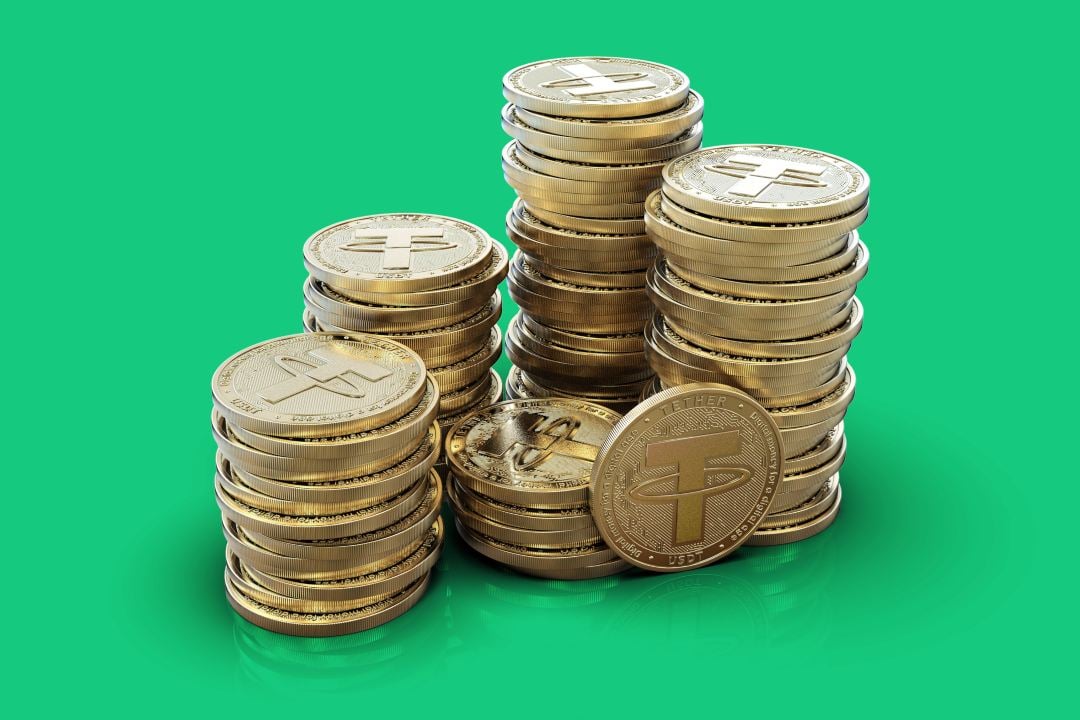The continuous demand for non-volatile cryptocurrencies in the crypto market has created over time an increase in projects dedicated to stablecoins, some of which born this year, in 2019. But what are the differences between the existing stablecoins and how will they develop?
First and foremost, it is important to specify that stablecoins are nothing more than cryptocurrencies pegged to underlying assets with bound values that reduce their volatility, unlike for example bitcoin itself.
As such, there are stablecoins that are pegged with a 1:1 ratio to the value of fiat currencies (dollar, euro, pound), or to the value of assets such as gold and oil.
As already mentioned in a previous analysis, stablecoins can also be divided into three groups according to the underlying structure:
- Off-chain collateralised stablecoins, i.e. those cryptocurrencies supported by assets such as fiat currencies, in the case of Tether it is USD, or commodities such as gold, for example, Ekon or HelloGold;
- Algorithmic stablecoins, i.e. algorithmically coupled and therefore decentralised and independent. An example of these is Basis;
- On-chain collateralised stablecoins, i.e. backed by other crypto assets such as Ethereum, the most famous example is MakerDao with its DAI coin.
However, in order to be able to compare them, it is necessary to consider different internal and external factors to the projects themselves.
Tether (USDT), for example, is the most widely used stablecoin in the crypto world. Its volumes in this 2019 have been record-breaking, managing to exceed the volumes of bitcoin itself.
Not only that, it seems that from its birth in 2015 until today, the project has adapted to the continuous developments of the crypto world and has become more flexible and open, a project inclined to its expansion in mainstream adoption.
In fact, Tether USDT was born as a stablecoin powered by the Omni protocol that adapts its use on the blockchains of Ethereum and Bitcoin. In these 4 years, however, the USDT tokens have also appeared on the TRON, Algorand and EOS blockchains, as well as on the bitcoin sidechain, Liquid Network.
But what differentiates Tether (USDT) and its competitors such as Gemini Dollar (GUSD) of the Winklevoss twins or Paxos (PAX), both ERC20 stablecoins, is their degree of decentralisation.
Decentralised stablecoins backed by cryptocurrencies
In an attempt to keep the original idea of bitcoin and permissionless peer-to-peer systems in the stablecoin landscape, decentralised stablecoins have become more prominent.
According to one report, decentralised stablecoins can be defined as follows:
“Decentralized stablecoins are digital assets that derive their value from the over-collateralization of volatile digital assets. Overcollateralization and smart contract algorithms ensure these stablecoins’ constant value, whether the crypto market moves up or down. A person’s stablecoin holdings will have the same purchasing power today, next week, and next month — you can rather accurately contextualize these stablecoins as “a dollar on the blockchain”.
In this sense, the stablecoin MakerDAO (DAI) seems to have achieved an excellent response from the market both in terms of increased trading volumes and as a decentralised stablecoin.
In fact, DAI, which is pegged 1:1 to the US dollar, recently surpassed GUSD for market capitalisation and issued over one hundred million tokens. Dai is powered by smart contracts based on Ethereum with redundancy and is more decentralised because only users can create and destroy the token. In fact, the DAI tokens are only available after the deposit has been paid and disappear after the debt has been paid.
Moreover, born only this April 2019, and with a still unknown market capitalisation, Equilibrium (EOSDT) turns out to be the first decentralised stablecoin on the EOS blockchain.
EOSDT is pegged to the US dollar and uses EOSIO technology for the Equilibrium smart contract platform.
Its decentralised design allows users to generate EOSDT and choose the underlying resource as collateral which is regulated in the smart contract. EOSDT tokens can be used in any convenient way (for storage, as a cryptocurrency, for payments).




